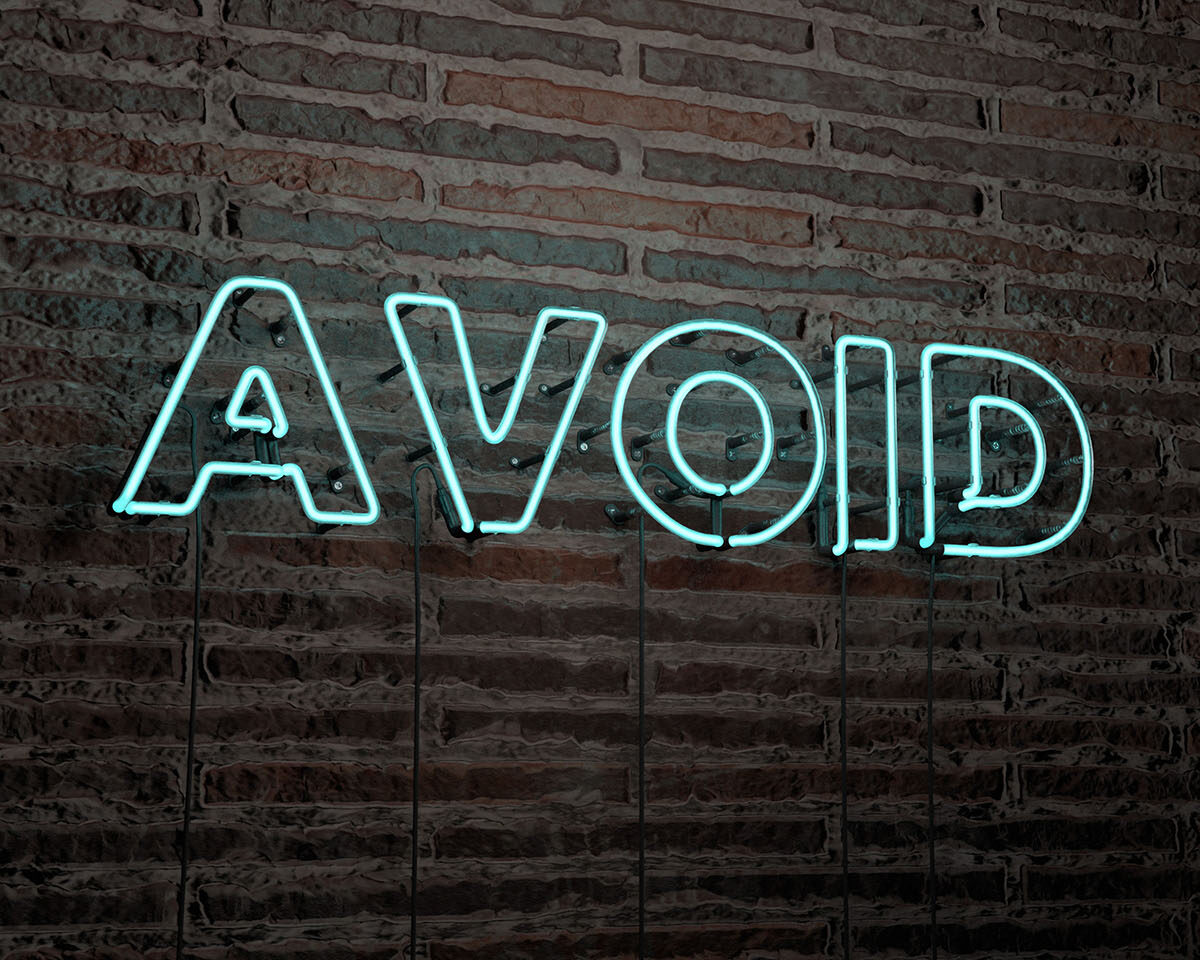4 Scientific Reasons Paper Is Still Superior to the Screen
This is going to sound crazy. After all, I run an online content business. But the best reading app for comprehension, emotional engagement, and more is … paper.
Whether we go back to the ancient Egyptians or the Chinese, there’s nothing new about paper. What is new is the understanding that reading on paper is superior in many ways to reading on screens.
The Ebook Surge
I was the CEO of Thomas Nelson when the digital revolution began. I aggressively digitized thousands of books in our back catalog and made sure we launched ebook editions simultaneously with new hardbacks and trade papers.
I invested in all the earliest ebook devices, and upgraded as the technology progressed. Everything moved at a rush. It felt like I was on the cutting edge—but only barely.
The industry and our customers adopted ebooks at an astounding rate. I even predicted the end of traditional publishing.
But then the surge slowed down. Right now ebooks comprise about a quarter of total book sales. I still love digital publishing and read a lot of digital books. But for deep, long-form reading—whether for enjoyment or heavy research I keep coming back to paper.
The Paper Advantage
Here are four scientific reasons paper beats digital when it comes to serious reading:
- Memory. We orient ourselves differently on pages and screens, and it affects what we remember. Countless times I’ve remembered a quote or line from the place it appeared on a spread of pages. And I’m not the only one, according to studies.
We form mental maps as we read, and researchers point out there are more “landmarks” on printed pages than screens—front, middle, and back pages, right and left with four corners each, plus top, middle, and bottom vs. one continuous, scrolling page.
- Comprehension. Memory is a big part of comprehension and the challenge in making mental maps also affects how much of the book we really understand. With a print book we can quickly flip back and forth between pages, making links and connections that help us understand the material.
That process doesn’t work as well on screens. Instead, we tend to scan for things that jump out: headers, lists, block quotes, images, and so on. It makes for fast reading—which is exactly why I blog the way I do—but it’s not designed for deep, thorough reading.
-
Distraction. I spread my ebook reading between a few devices, but I find that I’m not as focused regardless of the interface. That scanning thing affects me whenever I’m reading on a screen. Suddenly, I find myself checking Twitter or Feedly and breaking my concentration. A dedicated reader helps with this, but I’ve always got my phone handy.
Research shows that just scrolling can break our concentration. A printed page has those landmarks that help us orient ourselves. A scrolling screen is just a stream, and it takes extra effort to find ourselves when we get lost.
-
Immersive engagement. Deep, thorough reading with unbroken concentration naturally leads to more immersive engagement with the content. I know that from my own reading, but the research seems to back this up too.
Researchers from Norway and Canada had people read a story, some on paper and the rest on an iPad. When they compared the results, the paper readers experienced more emotional engagement than the digital consumers. For me this is true with nonfiction too.
So Which Is Better?
For short-form reading like news and opinion, I can’t imagine going back to paper. Why? It’s not only hyper consumable, but it’s also shareable, and I love sharing what I’m discovering with you.
I also love learning by audio and video. That’s one of the reasons I listen to audio books and podcasts, watch documentaries and take online courses. But some things take the kind of deep engagement that printed books make possible.
Here’s the good news: We can pick whatever works best for our specific needs. Having digital content available wherever I am is a huge plus. And I’d keep buying digital books for that reason alone.
But I’m also going to keep buying print books for the four reasons I discussed above. It’s not either/or. It’s both/and.
There may be fewer of us than before, but there’s never been a better time to be a reader.
Disclosure of Material Connection: Some of the links in the post above are “affiliate links.” This means if you click on the link and purchase the item, we will receive an affiliate commission. Regardless, we only recommend products or services we use and believe will add value to our readers. We are disclosing this in accordance with the Federal Trade Commission’s 16 CFR, Part 255: “Guides Concerning the Use of Endorsements and Testimonials in Advertising.









